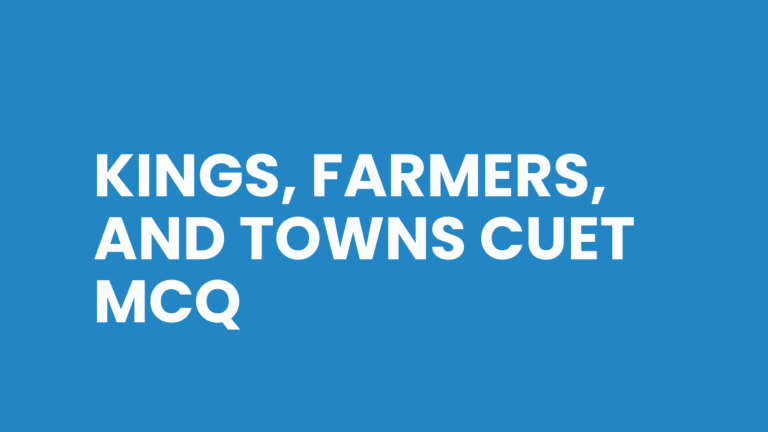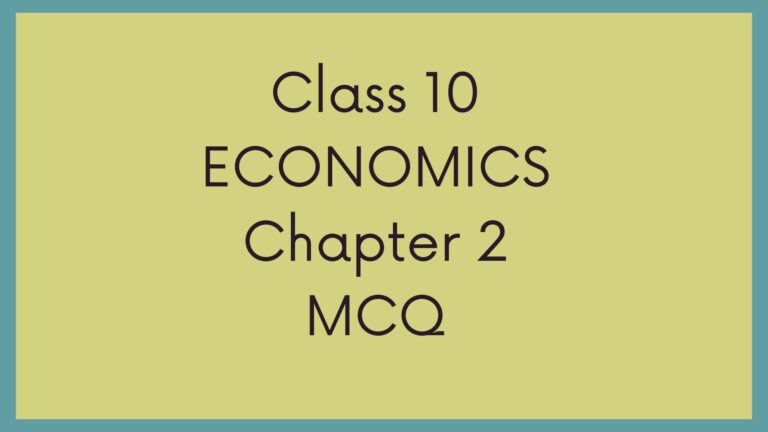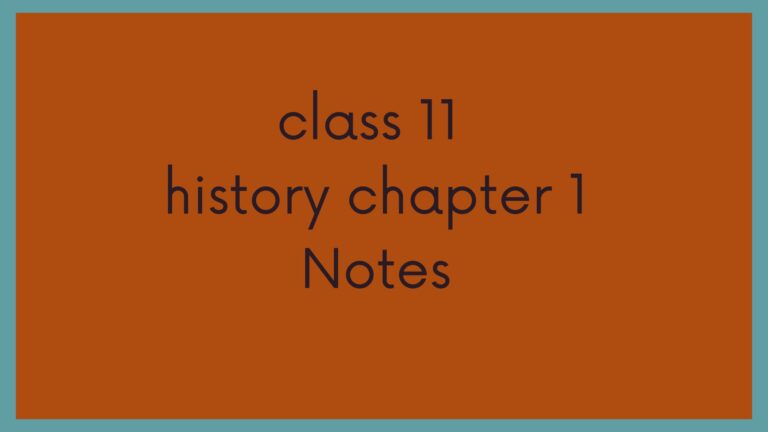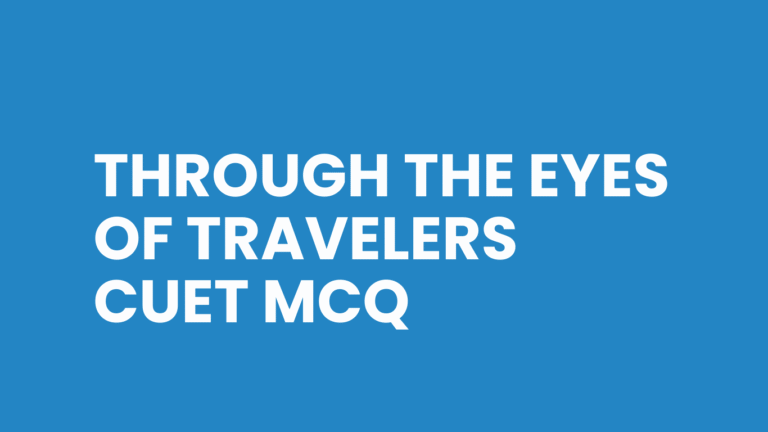Class 12 History Ch 1 MCQ Test Of Bricks, Beads And Bones | Bricks, Beads and Bones MOST IMPORTANT MCQ
This article of THE SOCIAL CLASS will provide you Class 12 history Ch 1 MCQ test. It is very helpful for class 12 board students who are going to appear in 2026 for their board exams. You can use this MCQ of Class 12 History Ch 1 for your study purposes.
Class 12 History Ch 1 MCQ Test
Here you will get the top 20 most important MCQ questions of Class 12 History Chapter 1. Read them carefully and take the Class 12 History Ch 1 MCQ Test.
You can also get the detailed explanation of Class 12 History Ch 1 MCQ Test Of Bricks, Beads And Bones | Bricks, Beads and Bones MCQ on our official YouTube channel.
Class 12 history Ch 1 Most important MCQ
Here are 20 important, exam-oriented MCQs from the “Bricks, Beads and Bones” chapter in the latest CBSE pattern style.
Each question will have 4 options, 1 correct answer, and cover facts, concepts, and interpretation.
MCQs – Bricks, Beads and Bones (Harappan Civilisation)
Q1. Which site gave the earliest evidence of a ploughed field in the Harappan civilisation?
A. Mohenjodaro
B. Kalibangan
C. Harappa
D. Dholavira
Answer: B. Kalibangan
Q2. The standardised Harappan bricks had a length, breadth, height ratio of:
A. 3:2:1
B. 4:2:1
C. 5:2:1
D. 4:3:1
Answer: B. 4:2:1
Q3. Which animal motif is most commonly found on Harappan seals?
A. Tiger
B. Peacock
C. Humped bull
D. Horse
Answer: C. Humped bull
Q4. Which of the following was NOT a domesticated animal in Harappan civilisation?
A. Sheep
B. Goat
C. Horse
D. Buffalo
Answer: C. Horse
Q5. Nageshwar and Balakot were specialised in the production of:
A. Beads
B. Shell objects
C. Seals
D. Pottery
Answer: B. Shell objects
Q6. Which site is considered the largest Harappan city in India?
A. Dholavira
B. Rakhigarhi
C. Kalibangan
D. Lothal
Answer: B. Rakhigarhi
Q7. Which of the following items was imported from Afghanistan?
A. Carnelian
B. Lapis lazuli
C. Gold
D. Faience
Answer: B. Lapis lazuli
Q8. Harappan script is:
A. Alphabetical
B. Pictographic with 26 signs
C. Undeciphered with 375–400 signs
D. Based on Sanskrit
Answer: C. Undeciphered with 375–400 signs
Q9. The Great Bath at Mohenjodaro was made watertight using:
A. Lime plaster
B. Bitumen
C. Gypsum mortar
D. Clay
Answer: C. Gypsum mortar
Q10. Which of the following best describes faience?
A. A natural gemstone
B. Artificial material made of ground sand, colour, and gum, fired at high temperature
C. A type of shell
D. A kind of pottery glaze
Answer: B. Artificial material made of ground sand, colour, and gum, fired at high temperature
Q11. The binary weight system in Harappan civilisation was used mainly for:
A. Measuring grain
B. Weighing gold and beads
C. Weighing cattle
D. Calculating taxes
Answer: B. Weighing gold and beads
Q12. Which of the following Mesopotamian names is associated with the Harappan region?
A. Uruk
B. Magan
C. Dilmun
D. Meluhha
Answer: D. Meluhha
Q13. The “proto-Shiva” figure on seals is shown:
A. Standing with bow and arrow
B. Cross-legged, surrounded by animals
C. Sitting on a throne
D. Dancing in a circle
Answer: B. Cross-legged, surrounded by animals
Q14. The earliest Director-General of ASI who reported a Harappan seal in 1875 was:
A. Daya Ram Sahni
B. Rakhal Das Banerji
C. Alexander Cunningham
D. John Marshall
Answer: C. Alexander Cunningham
Q15. Which site is associated with dockyard-like structure?
A. Kalibangan
B. Lothal
C. Dholavira
D. Harappa
Answer: B. Lothal
Q16. Which of these is NOT a characteristic feature of Mohenjodaro’s domestic architecture?
A. Courtyard in the centre
B. Ground-level windows facing the street
C. Private wells in houses
D. Brick-paved bathrooms
Answer: B. Ground-level windows facing the street
Q17. Which Harappan site is located in present-day Pakistan?
A. Lothal
B. Kalibangan
C. Harappa
D. Dholavira
Answer: C. Harappa
Q18. Which Harappan feature shows advanced town planning?
A. Painted pottery
B. Standardised brick size
C. Figurines of animals
D. Gold jewellery
Answer: B. Standardised brick size
Q19. The Late Harappan phase is marked by:
A. Expansion of writing and trade
B. Disappearance of seals, weights, and script
C. Growth of urban centres
D. Construction of new citadels
Answer: B. Disappearance of seals, weights, and script
Q20. Who announced the discovery of the Harappan civilisation in 1924?
A. Rakhal Das Banerji
B. John Marshall
C. Mortimer Wheeler
D. Daya Ram Sahni
Answer: B. John Marshall






One Comment